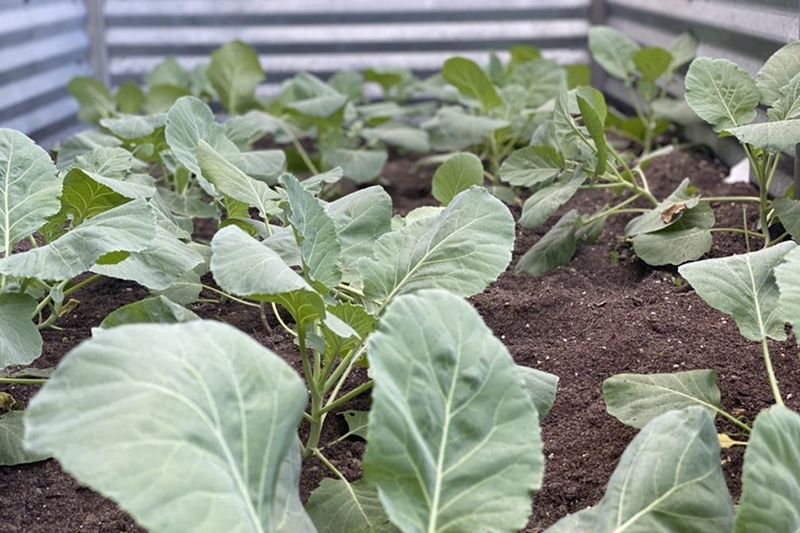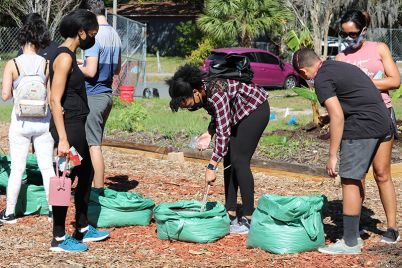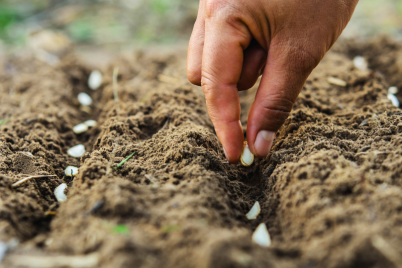By Darion Newkirk, 17, Artwork by Kalia Early
1. Start with great soil.
You can get good soil at Mr. Joe’s on 16th Street South, or you can make your very own with compost (I recommend researching how to make compost).
2. Water when soil is dry.
If you have a raised bed, water your plants daily if it’s in soil and if mother nature does not provide water, then water your plants once or twice a week, depending on the weather.
3. Don’t walk on the soil.
If you walk on your soil, it will flatten it will disrupt the growing process.
4. Add a mulch layer.
Before adding mulch, you should add a layer of cardboard to suppress weeds. When you add cardboard, you need to keep it moist by adding compost or other moist materials.
5. Watch for weeds.
It’s essential to rid your garden of weeds because they rob your soil and your plants of important nutrients and water.
6. Install a barrier to roots and weeds.
Barriers laid over the top of soil stop almost all weeds and help retain moisture in the soil, reducing how often you have to water.
7. Top-dress annually with compost.
Top-dressing the bed with an inch or two of compost each season. The compost will break down, improving soil structure and fertility.
8. Fluff the soil as needed.
Fluff your soil by adding organic matter such as grass clippings.
9. Plant annual cover crops.
Consider planting legumes as a cover crop. Examples of legume cover crops are alfalfa, fava beans, and crimson clover.
10. Plan for the next plantings season.
Research what grows best in each season.










